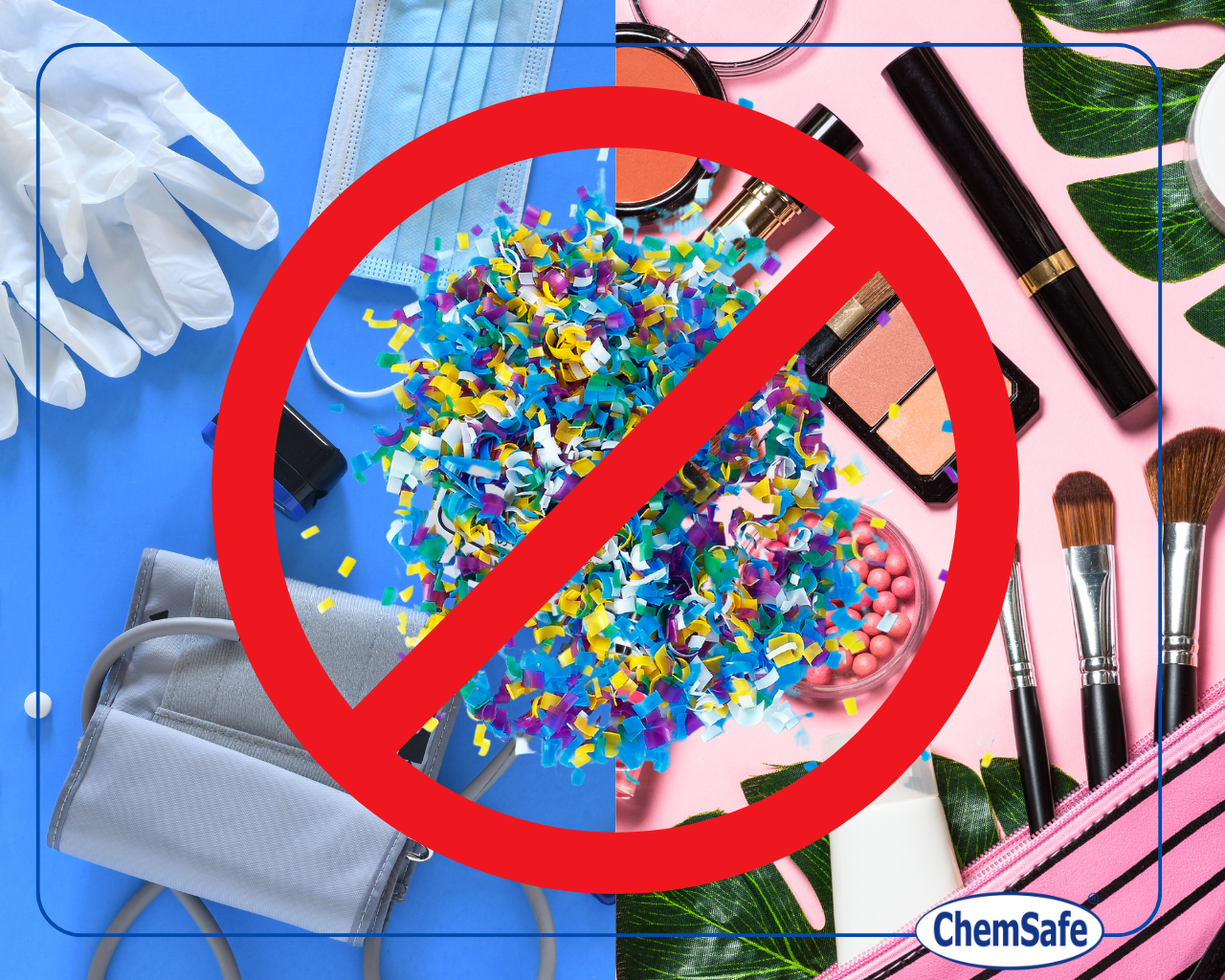Biocides:
IUCLID Version 8.0.1 Launches with Comprehensive Updates
New Format Enhancements:
IUCLID version 8.0.1 is now available, featuring extensive updates important for all users. Key enhancements include the expansion of the Robust Study Summaries to align with the OECD Harmonised Templates, updates following the evolution of the OECD Test Guidelines, and the harmonization of Use and exposure information templates between EU REACH and the OECD.
Targeted Updates for Specific Stakeholders:
The update introduces specific changes for various stakeholders, including revised Classification and Labelling information in line with the latest CLP Regulation changes, enhancements to dossier types under the EU Biocidal Products Regulation, and new formats to support notifications under the EU Drinking Water Directive and EFSA-related information for EU Plant Protection Products legislation.
Supporting Documentation and Webinar:
Full documentation and release notes detailing all changes and fixes are available on the IUCLID website. Prior to upgrading, users should review the FAQ section for known issues and recent fixes. Additionally, a webinar on May 16 will explain the release’s key aspects, where IUCLID experts will answer questions. Updates for IUCLID instances in the ECHA Cloud Services will commence the week of the release.
Food:
The European Commission has opened a consultation on the proposal for a Regulation to increase the quality control provided for in Regulation (EU) No 10/2011 on plastic materials intended to come into contact with foodstuffs, in particular:
- Ensuring alignment with Regulation (EU) 2022/1616 on recycled plastics and Regulation (EU) No 528/2012 on biocidal products;
- Introducing purity requirements for substances obtained from waste and natural materials;
- Adapting migration testing on multilayer materials and the repetition of tests.
ECHA
ECHA has published the Community Rolling Action Plan (CoRAP) covering the years from 2024 to 2026. The update lists 28 substances suspected of posing a risk to human health or the environment, for evaluation by the competent authorities of 11 Member States, as part of the substance evaluation process under REACH. The plan includes 11 newly assigned substances and 17 substances already included in the previous CoRAP update 2023-2025. For 11 of these 17 substances, the evaluation year has been postponed, mainly pending the submission of new information requested during dossier evaluation. Of the 28 substances to be evaluated, 10 will be evaluated in 2024, 13 in 2025, and 5 in 2026. The remaining substance of the 24 substances listed in the previous CoRAP 2023-2025 update has been withdrawn because its evaluation is currently considered low priority.
REACH:
Following the examination of a large number of comments received during the consultation, ECHA is clarifying the next steps regarding the proposal to restrict PFAS under REACH. The Agency’s Risk Assessment Committee (RAC) and Socioeconomic Analysis Committee (SEAC) will evaluate the proposed restriction along with consultation comments, focusing on various sectors that may be affected. Meanwhile, the five national authorities that prepared the proposal are updating their initial report to address consultation comments. This updated report will be evaluated by the committees and serve as a basis for their opinions.
Revision to EU Chemical Agents and Carcinogens Directives Published
Overview of Directive Updates:
The European Union has published Directive (EU) 2024/869, amending both Directive 98/24/EC on chemical agents and Directive 2004/37/EC concerning the protection from exposure to carcinogens, mutagens, and reproductive toxins. This revision introduces new occupational exposure limit values for diisocyanates and updates the existing exposure limit and biological values for lead and its inorganic compounds.
Regulatory Context:
Directive (EU) 2024/869 was officially published in the Official Journal of the European Union, marking significant changes to existing regulations aimed at enhancing worker protection against hazardous chemical agents (known as CAD) and carcinogenic, mutagenic, and reprotoxic agents (CMRD). These updates reflect the EU’s ongoing commitment to improving health and safety standards in workplaces across the Member States.
Hazardous Substances and Mixtures:
A public consultation has been published on the ECHA website for the substance Chlorpyrifos to include it in the Stockholm Convention as a new POPs.
Directive (EU) 2024/884 amending Directive 2012/19/EU on waste electrical and electronic equipment (WEEE) has been published in the Official Journal of the European Union.
CLP:
Cefic has reported that the draft guideline concerning the application of CLP criteria – Part 2: physical hazards is under consultation at CARACAL. The update incorporates changes made by the 12th ATP of the CLP – Regulation 2019/521 regarding technical content and some minor errors. Therefore, the updated guideline text follows an accelerated procedure, meaning the updated draft guideline is directly submitted for consultation to CARACAL and the Commission.
Proposals for harmonized classification and labeling have been published on the ECHA website for the following substances:
- 2-(2H-benzotriazol-2-yl)-p-cresol (CAS 2440-22-4).
- 2-ethylhexyl (2E)-3-(4-methoxyphenyl)acrylate (CAS 83834-59-7).
- Benzenamine, N-phenyl-, reaction products with 2,4,4-trimethylpentene (CAS 68411-46-1).
- Reaction products of diphenylamine with nonene, branched.
- 2,2′-iminodiethanol; diethanolamine (CAS 111-42-2).
- 1,3-diphenylguanidine (CAS 102-06-7).
- Propyl [3-(dimethylamino)propyl]carbamate monohydrochloride; propamocarb hydrochloride (CAS 25606-41-1).
The proposal details the classification for each substance and the deadline for consultation responses varies.







